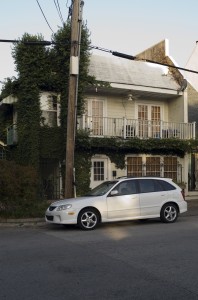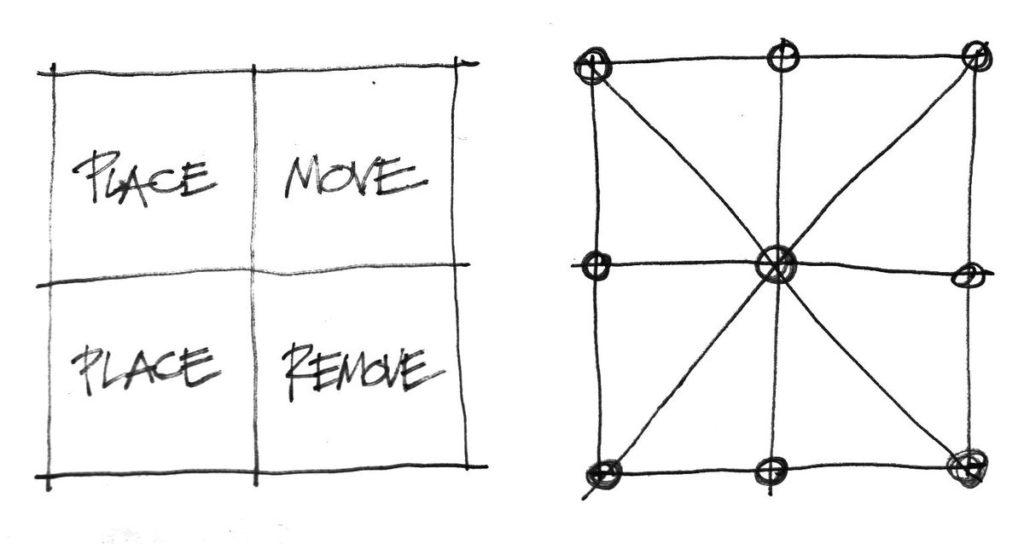Just had a quiet dinner with my girlfriend at home tonight. We had some random music in the background and were just drinking some soup and eating a steamed bun. The dining table as usual was a mess. The ceiling fan was running. The rabbits were hanging out in their cage. Nothing special.
It was just one of those quiet moments where you might find a director lingering a bit too long in some artsy indie flick. But somehow, like in many of those such films, the quiet moments are the memorable moments. Something strangely rich about something mundane happening. Even though all the quiet moments blend together over time, the add up to something more than another dinner at a fancy restaurant.

